Photo Attribution: Dickelbers, CC BY-SA 4.0 https://creativecommons.org/licenses/by-sa/4.0, via Wikimedia Commons
The Nation of Iceland
This example has been viewed 760x times
Summary
Rodden Rating
Analysis for The Nation of Iceland
Biography
Iceland (Icelandic: Ísland, pronounced [ˈistlant] ⓘ)[d] is a Nordic island country between the North Atlantic and Arctic Oceans, on the Mid-Atlantic Ridge between North America and Europe. It is linked culturally and politically with Europe, and is the region's most sparsely populated country.[12] Its capital and largest city is Reykjavík, which is home to about 36% of the country's roughly 380,000 residents. The official language of the country is Icelandic.
Located on a rift between tectonic plates, Iceland's geologic activity includes geysers and frequent volcanic eruptions.[13][14] The interior consists of a volcanic plateau characterised by sand and lava fields, mountains, and glaciers, and many glacial rivers flow to the sea through the lowlands. Iceland is warmed by the Gulf Stream and has a temperate climate, despite a latitude just south of the Arctic Circle. Its high latitude and marine influence keep summers chilly, and most of its islands have a polar climate.
According to the ancient manuscript Landnámabók, the settlement of Iceland began in 874 AD when the Norwegian chieftain Ingólfr Arnarson became the first permanent settler on the island.[15] In the following centuries, Norwegians, and to a lesser extent other Scandinavians, immigrated to Iceland, bringing with them thralls (i.e., slaves or serfs) of Gaelic origin.
The island was governed as an independent commonwealth under the native parliament, the Althing, one of the world's oldest functioning legislative assemblies. Following a period of civil strife, Iceland acceded to Norwegian rule in the 13th century. The establishment of the Kalmar Union in 1397 united the kingdoms of Norway, Denmark, and Sweden. Iceland thus followed Norway's integration into that union, coming under Danish rule after Sweden seceded from the union in 1523. The Danish kingdom forcefully introduced Lutheranism to Iceland in 1550.[16]
Influenced by ideals of nationalism after the French Revolution, Iceland's struggle for independence took form and culminated in the Danish–Icelandic Act of Union in 1918, with the establishment of the Kingdom of Iceland, sharing through a personal union the incumbent monarch of Denmark. During the occupation of Denmark in World War II, Iceland voted overwhelmingly to become a republic in 1944, thus ending the remaining formal ties with Denmark. Although the Althing was suspended from 1799 to 1845, the island republic has nevertheless been credited with sustaining the world's oldest and longest-running parliament.
Until the 20th century, Iceland relied largely on subsistence fishing and agriculture. Industrialization of the fisheries and Marshall Plan aid following World War II brought prosperity, and Iceland became one of the wealthiest and most developed nations in the world. It became a part of the European Economic Area in 1994; this further diversified the economy into sectors such as finance, biotechnology, and manufacturing.
Iceland has a market economy with relatively low taxes, compared to other OECD countries,[17] as well as the highest trade union membership in the world.[18] It maintains a Nordic social welfare system that provides universal health care and tertiary education for its citizens.[19] Iceland ranks highly in international comparisons of national performance, such as quality of life, education, protection of civil liberties, government transparency, and economic freedom.
Icelandic culture is founded upon the nation's Scandinavian heritage. Most Icelanders are descendants of Norse and Gaelic settlers. Icelandic, a North Germanic language, is descended from Old West Norse and is closely related to Faroese. The country's cultural heritage includes traditional Icelandic cuisine, Icelandic literature, and medieval sagas. Iceland has the smallest population of any NATO member and is the only one with no standing army, possessing only a lightly armed coast guard.[20]
Source: https://en.wikipedia.org/wiki/Iceland
Raw Data
Horoscope Data
Comments
Natal Data
1918-12-01 00:00:00 GMT
64° 8′ 49.2″ N 21° 56′ 26.7″ W
Reykjavík, Iceland

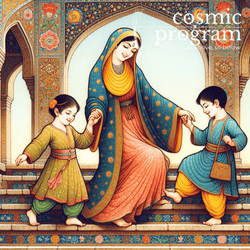

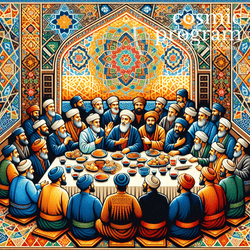
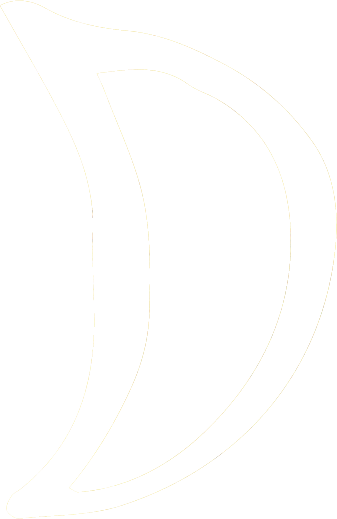

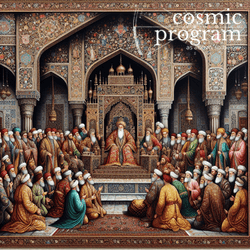

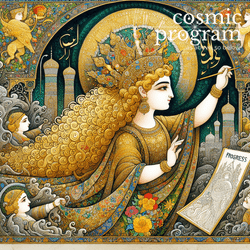

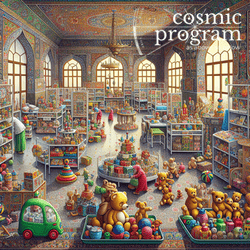





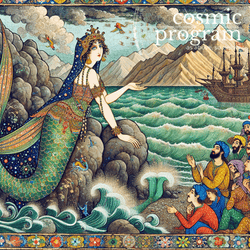





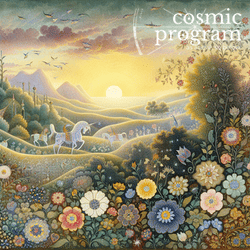

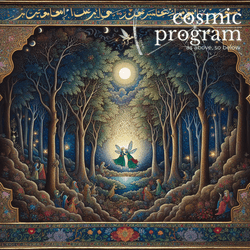

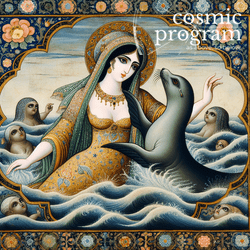


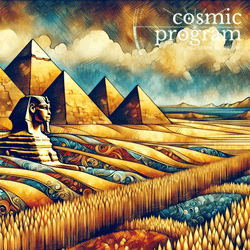

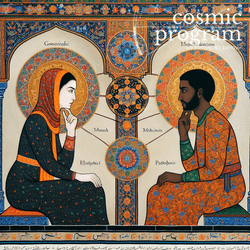


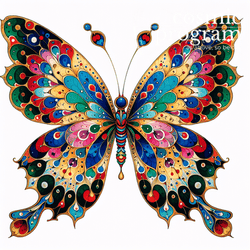

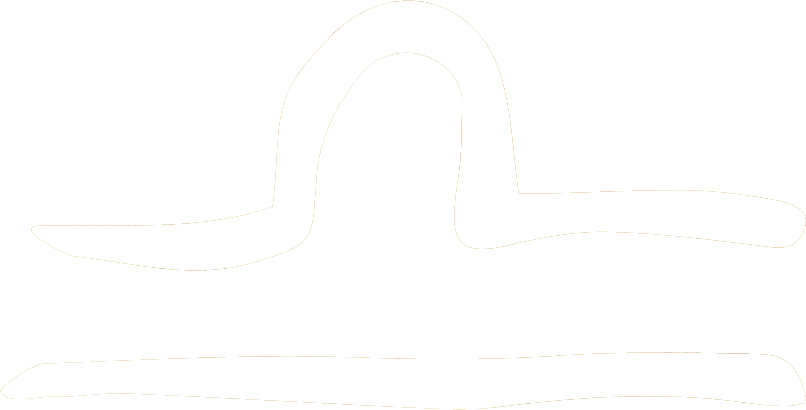
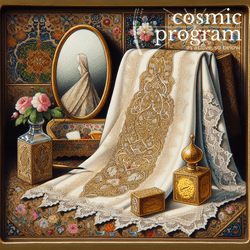

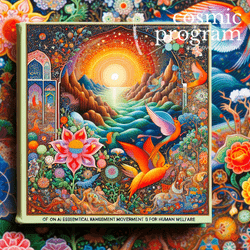
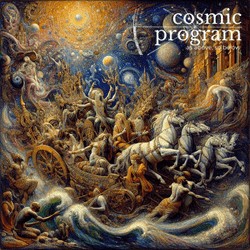
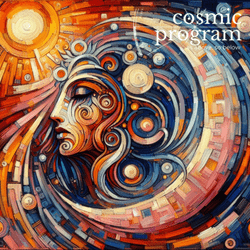
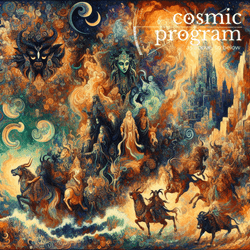
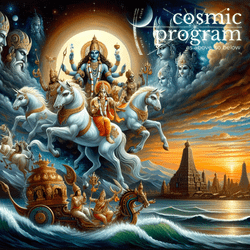
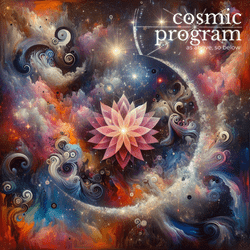
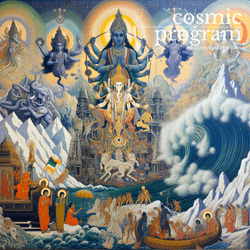

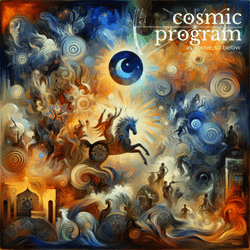
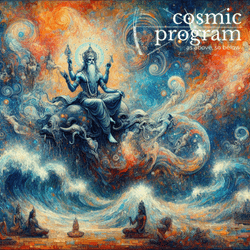
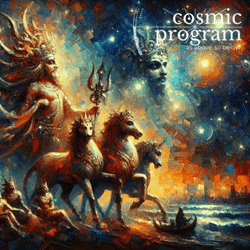
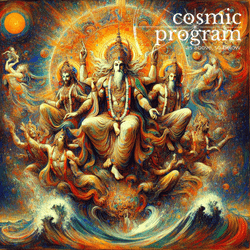
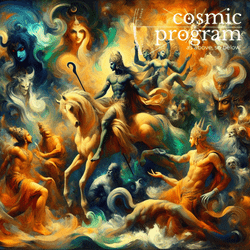
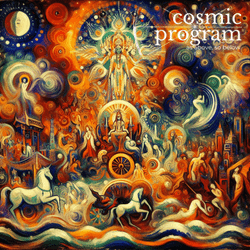
.svg.png?bossToken=2035c54101d7a9747533e6f88dc53239ac7b67ac9b8b2e144706860911e12e9d)
.svg?bossToken=c406f61ebc3cb53a81a41e58656e96e7e4a8bd000eb0e672400fccb70fa71a34)
.svg.png?bossToken=440a1afd78608323f1460d73ddc58559ccf45a7415216a875a4bc055b02034f1)
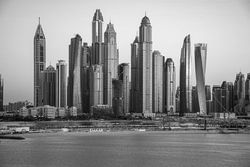

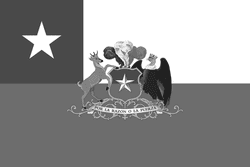
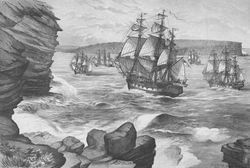

.jpg?bossToken=549abf38c45dfcf563766a41399b60fb5ae97b7e7104abedafe416c97c9c9168)
